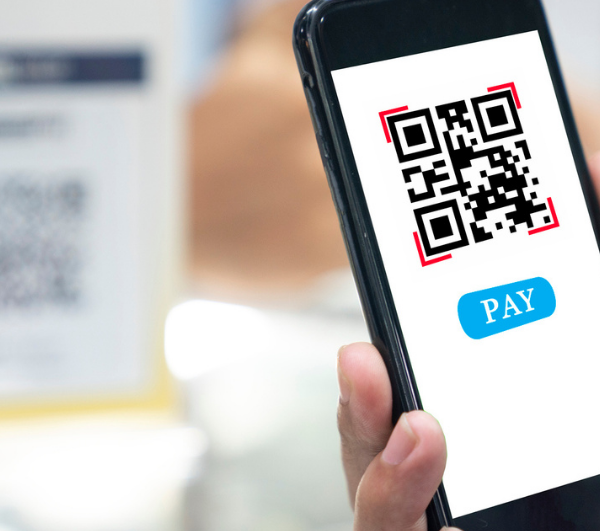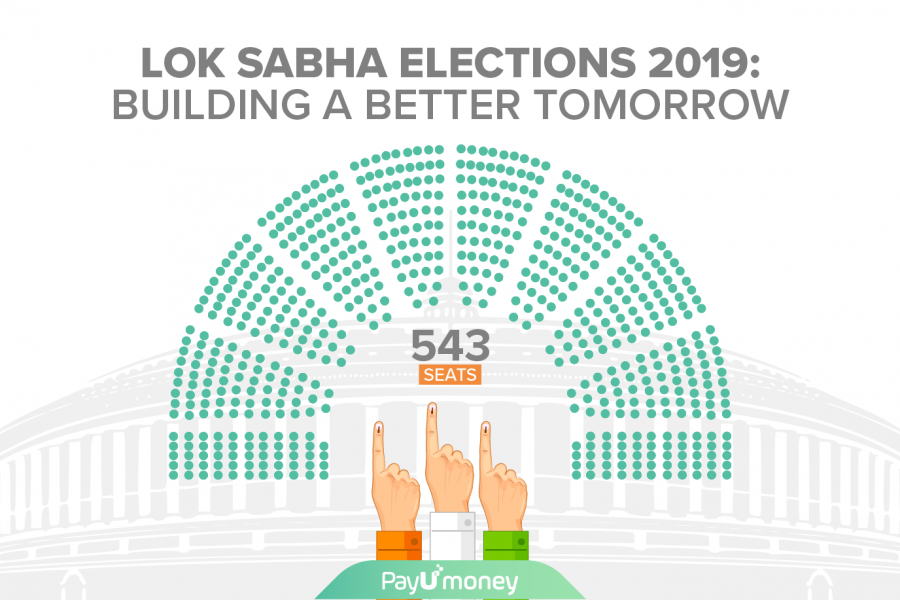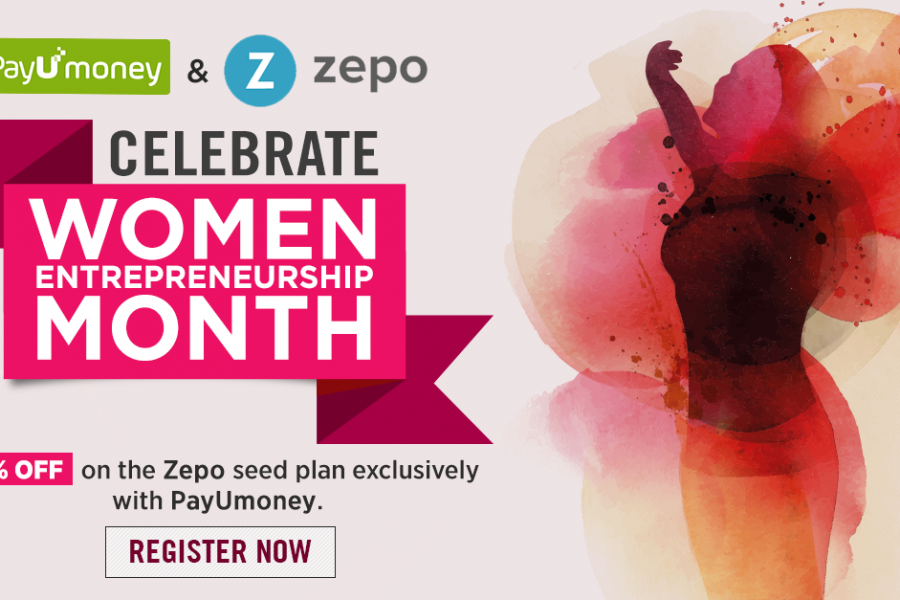In early 2012, some small-time office corners given to Falguni Nayar out of goodwill witnessed the humble beginnings of Nykaa with a total of three employees. In the middle of the pandemic in 2020, it became one of the 11 Indian companies to turn unicorns that year.
Shared Success: The Digital Shopping Ecosystem
However, it would be wrong to credit only the lockdown for e-commerce successes such as Nykaa. It goes way back to demonetisation, which ensured that digital payment systems seeped into the smaller parts of India. It also highlights India’s simultaneous growth of the digital payment infrastructure.
Figure this. There has been a five-fold growth in digital payments from 1,004 crores in 2016-17 to 5,554 crores in 2020-21. The digital ecosystem, comprising e-commerce and digital payments, has only been increasing, making India a promising market for the payment gateway industry.
Payment Gateway Services in India: A Slice of History
Until 2018-19, the payment gateway industry grew in the world and in India, but there was a lag back home. It all began with the advent of Billdesk in 2000. However, it was just a surface-scratching start, and a lot was left to be seen. With the gradual growth of e-commerce, consumers wanted convenience much beyond home delivery. They also wanted security as data privacy concerns have only heightened over the years (Thank you, Mark
But now, the Indian payment gateway industry is expected to reach a CAGR of 15% from 2020 through 2025.
Let us look at the key factors catalysing this development, apart from the apparent rise of e-commerce and online shopping as a habit of the masses.
Demonetisation: The Disguised Blessing
Paytm was the first and biggest success story to come out of this move, with its customer base expanding from 8,00,000 to 5 million in just a year. As everyone from a chaat wala on a hill station to supermarkets and malls started accepting wallet payments, an ecosystem of digital payments began taking shape. Wallet apps, UPI apps, payment gateways, online creditors, and others jumped in to tap the untapped to solve new problems and create new experience
Locking Down and Opening Up
While the lockdown pushed the world economy to the edge of a cliff, a number of trends that are slowly becoming the ‘new normal’ emerged. In order to avoid physical stores and make up for shutdowns, the market for digital payments expanded to even senior citizens who made their first online purchases in 202
Consumers across geographies began exhibiting similar purchase patterns. The need for convenient cross-border payments shot up. Payment gateways promised not just convenience but also security and speed. The post-2019 consumer seeks one-click/one-touch payments, easy tracking, multiple updates, simple return processes, data privacy, and a host of other benefits.
That is a huge reason why e-commerce and payment gateway services in India have been growing parallelly as industries in our growing economy.
The Sarkaar Effect ft. RBI for Payment Gateway Providers
The Indian government and the central bank have been consistently pushing digital payments since the demonetisation days. Here’s a list of the key decisions/steps in this regard.
The RBI launched the RBI-DPI (Digital Payments Index) in January 2021 to signal the extent of payment digitisation across India. The parameters include (with weightages in percentage)
- Payment enablers: 25%
- Demand-side payment infrastructure factors: 10%
- Supply-side payment infrastructure factors: 10%
- Payment performance: 45%
- Consumer centricity: 5%
- The government announced exemption of MDR (Merchant Discount Rate) charges on UPI transactions.
- The RBI’s March 2020 guidelines of Payment Aggregators and Payment Gateways protect customer funds apart from recognizing aggregators as authorised entities, granting them flexibility and control with regard to operations and funds management.
- The NPCI (National Payments Corporation of India) plans to collaborate with the income tax department to launch UPI tax payments.
- The NHAI (National Highways Authority of India) introduced FASTag for digital and contactless toll payments for drivers on national highways.
- The RBI is reviewing ‘interoperability’ guidelines for the use of UPI QR codes in ATMs across India.
- In 2019, the FDI policy for B2B e-commerce businesses went through changes and clarifications. 100% FDI is allowed for marketplace modelled, automatic route B2B e-commerce businesses.
- With key steps, such as post offices being linked to the core banking system, setting up for new digital banking units, the upcoming, much-talked-about ‘crypto rupee’, etc., announced in Budget 2022, digital inclusion is about to receive a huge impetus. The digital payments ecosystem is only going to receive a shot in the arm with the inclusion of a growing customer base.
The Bigger Picture
The Budget 2022 highlighted the FinTech ecosystem and a digital economy. With initiatives for promoting start-ups and MSMEs with tax benefits and more, a greater number of e-commerce businesses will likely emerge, boosting the need for payment gateway services in India.
Words like ‘vibrant’, ‘robust’, and ‘vast’ are doing the rounds appraising India’s digital economy. As one of the largest internet consumers in the world, we were bound to reach here.
What Next?
We now need to keep a close eye on how digital payment gateway providers rise to the occasion and create, develop, strategise, convert, and market world-class solutions for the Indian millennial, GenZ, boomer, and senior citizen alike. It poses a mammoth challenge with our diverse demographics, socio-cultural strata, and psychographics.
With an extra-conducive environment, innovation brimming in FinTech, and the masses adopting newer products by the day, we can safely reckon a revolution for the digital payments ecosystem, and consequently, the payment gateway market too.






